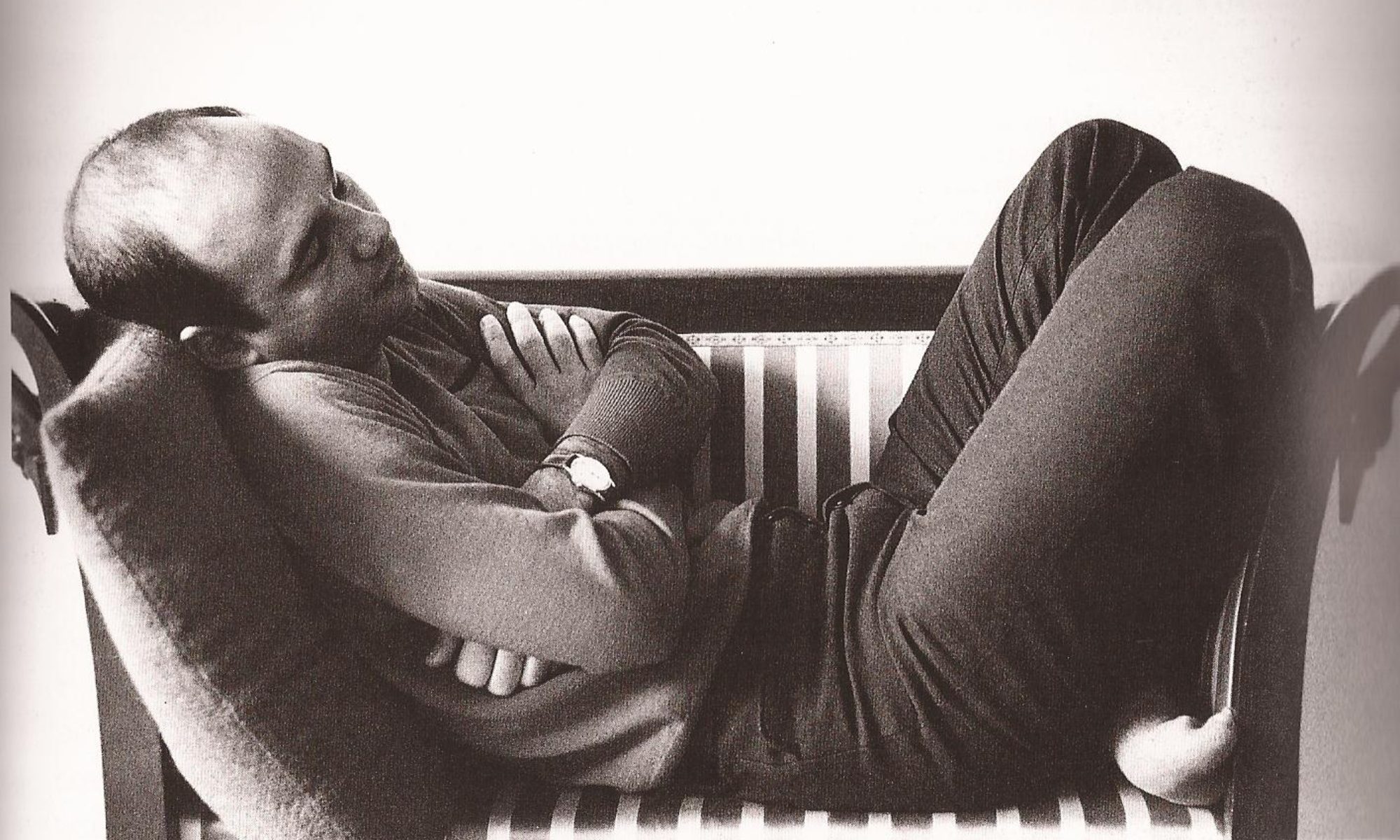Music is not the center of Sarduy’s Sonic imaginary. Instead, he connects music with other elements in a fabric of earcons with complex rhizomes to different soundscapes. However, well selected, almost always focused on a few examples, music reveals the links to those soundscapes from the spatio-temporal determinations that each piece possesses.

Let us explore how these strategies work in broadcasts whose themes are affectively as close to Sarduy as La rumba, broadcast in 5 parts in July 1989. Unfortunately, the INA catalog does not offer information on the production team. Only Sarduy’s name appears, so we can assume that he is the producer. At the beginning of his radio career, Sarduy had collaborated on a similar project, “Musique de Cuba”, broadcast on two days during April 1964. The highlight of that occasion had been the Conjunto Folclórico Nacional, and Sarduy elaborated on the relationship between Afro-Cuban music and dance. A quarter of a century later, in “La rumba”, the reflection starts from the same place to trace a journey through the various modes of rumba in Cuba –yambú, columbia, guaguancó– and conclude with the aural connections of that musical genre with others such as the salsa and Latin jazz in the Black Atlantic, and the always diasporic condition of that sonic imaginary born in Africa.
Unlike the other broadcasts I have analyzed, focused on the literary text, this is a musical series, so the music pieces are broadcast in full, alternated with small voice fragments. An exciting sound object is the silences at the end of many of these pieces, even at the end of the percussion solo that introduces the program. Although these silences are indeed related to the fact that the musical pieces are being reproduced as a whole, it is possible to highlight the difference of this procedure with the mixture between music and voice that characterizes radio. Here, this silence is deliberately sustained and generates a dramatic pause that, moreover, is typical of the interpretation of the rumba and the bolero. That silence is a black hole into which the affections carried by its sound edges rush.
We have just heard part of the last of these broadcasts dedicated to rumba, aired on July 14 and whose theme is the pervasiveness of rumba in other genres and contexts. If until this broadcast Sarduy had chosen to broadcast works from the Afro-Cuban folk repertoire, now he is showing the French audience the heritage of that repertoire: Zaperoko, Charlie Parker, Abelardo Barroso and Orquesta Sensacion, Ernesto Lecuona, Aaron Copland, Carlos Barbería and Orquesta Kubavana, Le Grand Kallé et l’African Jazz, Celia Cruz, and Ismael Quintana. This catalog is built on two axes:
- illustrate the expansion of the rumba into other genres: the influence of the songo by Juan Formell and Los Van Van in the creation and style of Zaperoko, Parker’s collaboration with Machito and his Orchestra in “Mango Mangue”, the cultural appropriation of the Afro-Cuban by avant-garde artists as Ernesto Lecuona and Aaron Copland;
- illuminate the errancy that lies behind these connections: the exile of Barberia and Celia Cruz, the echoes of Abelardo Barroso in Ismael Quintana and Le Grand Kallé.
The rumba complex skipped generic borders and crossed the Caribbean and the Straits of Florida, but also the rumba complex returned to Africa with Le Grand Kallé. During his explanation of this complex’ place in the aural fabric of the Black Atlantic, Sarduy resorts to an image that he had been shaping for 25 years: “[…] j’appelle ça le boumerang. As for Afrique nous a donné in the form of a revienne music à l’Afrique, it appears that, as you savez, the dernière mode à l’Afrique ce la musique cubaine et brésilien”.

The idea is the same that he expressed to his parents in a letter from May 1964, a month after his first broadcasts on Cuban music. He repeated it in poems such as “Ketjak” and Autour de l’Ile, a broadcast from 1981. However, more interesting than that coincidence is that when he recovers this image of the boomerang, Sarduy is writing Cocuyo, a novel whose origin, in my opinion, dates back to those same years, when the writing of De donde son los cantantes moves away from its initial drafts and its provisional titles: The Banquet or Boomerang. In any case, the recurrence of this conception of a Black Atlantic and using the aural to illustrate the links, ruptures, and silence that make it up is one more point in favor of the political weight in Sarduy’s sonic imaginary.
Finally, I would like to comment on two sound objects from this recording. First, at minute 8’40” -46,” Sarduy sings “Ponme la mano aquí Macorina”, remembering his father.
Both in his poetry and novels, this song and this character reappear. In this radio program, Sarduy clearly establishes his father’s place as the generator of his childish sonic imaginary.
The second sound object does not belong to the radial aurality but to the archive. I have accessed the “La rumba” broadcast through a digital copy of the cassette where Sarduy recorded it for himself. At the end of the broadcast and before the tape is over, you can hear what music Sarduy decided to replace with “La rumba”: Yvonne Printemps and her hit “Les Chemins de l’ amour. “
This tape’s materiality reproduces the soundscape whose alienation the author seems to have always resisted, particularly the superposition of sound objects that undoubtedly influenced the multiphony of his exiled sonic imaginary.

